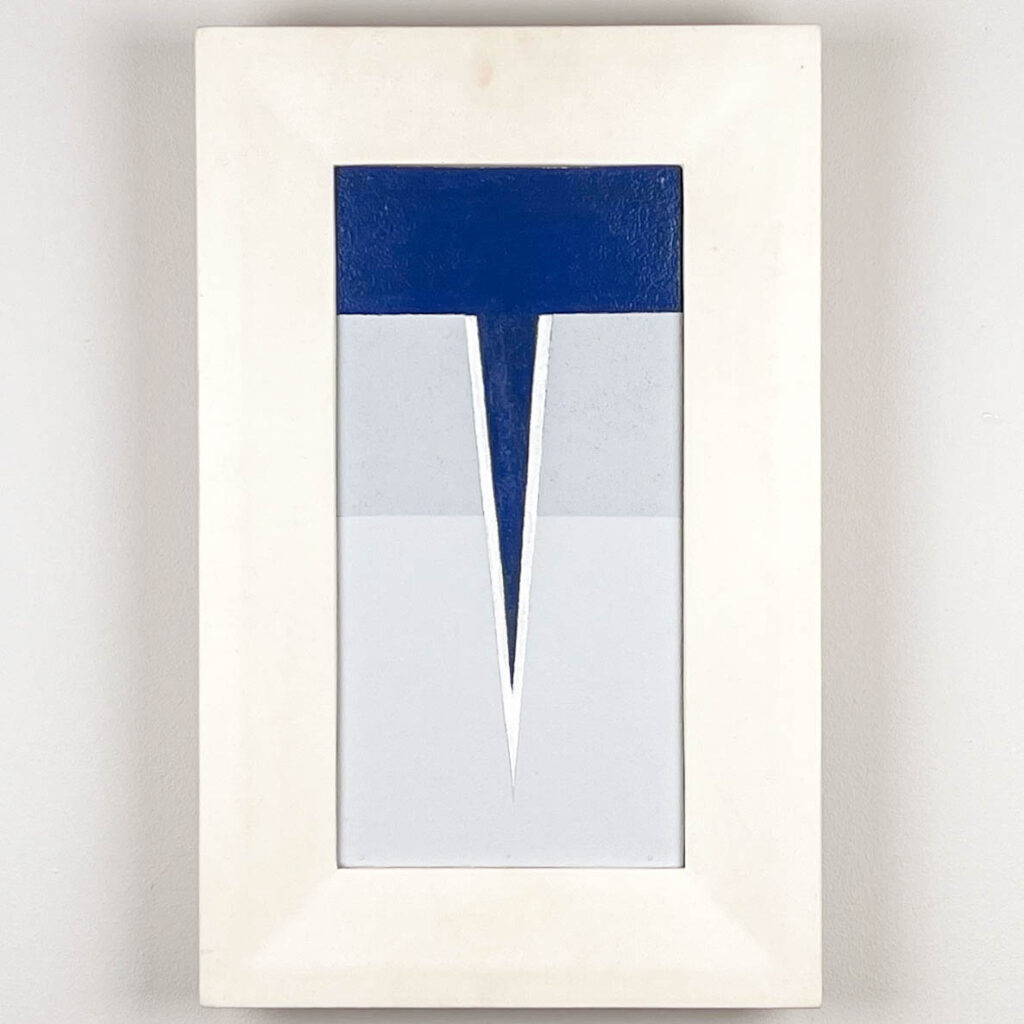Pieter de Haard – “Compositie VII”, 1942 – oil on canvas
“Compositie VII” (Composition VII). An original oilpainting on canvas by Dutch painter Pieter de Haard. Painted in 1942 in Beekbergen.
Price including VAT: Price upon Request
Pieter de Haard – “Compositie VII”, 1942 – oil on canvas Lees verder »






